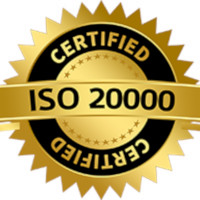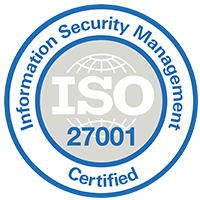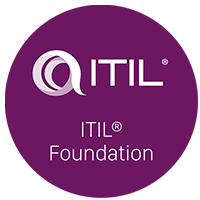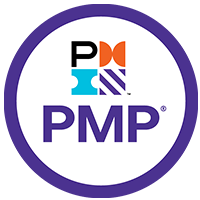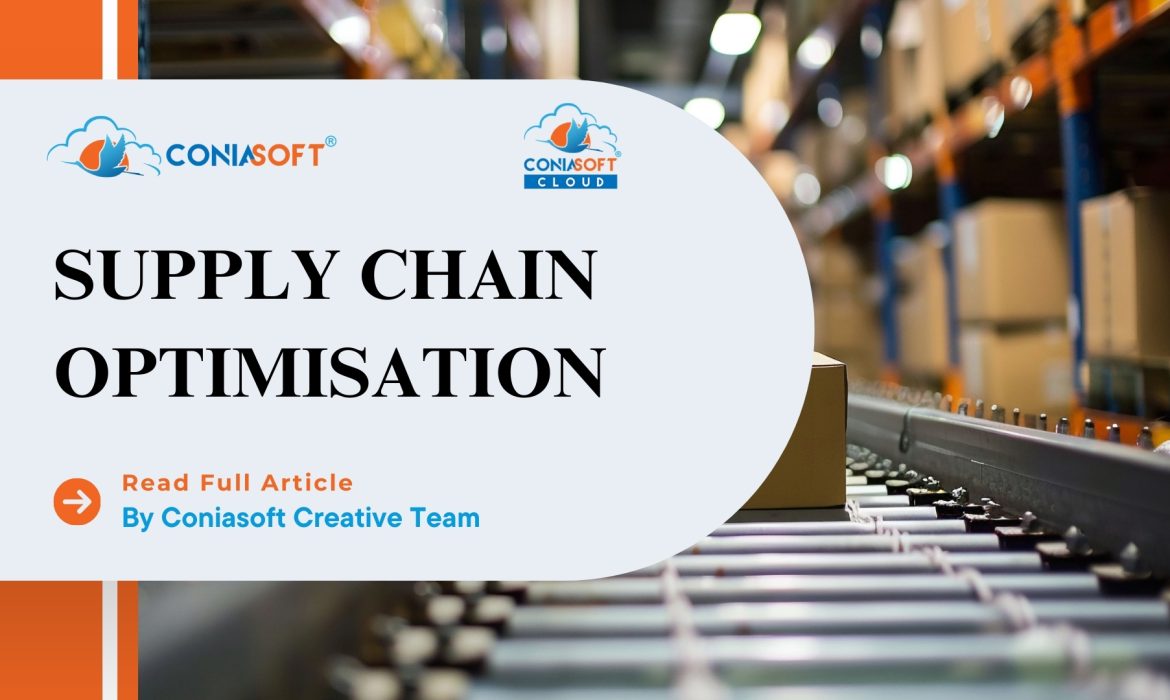Optimising a supply chain is complex and requires careful attention. Key metrics like operating costs and inventory returns guide providing low-cost products to customers while maintaining high profits. It’s important to approach optimisation long-term, making incremental changes over time. Ongoing analysis of factors like resource costs, carriers, and customer demographics is crucial. Effective optimisation is vital to business success, so prioritise it as a strategic objective and consistently evaluate and adjust operations for the best possible results.
If a company is considering a merger or acquisition or is concerned about its financial performance, it should prioritise optimising its supply chain. Upon investigation, issues such as high transportation costs, poor service levels, or dissatisfaction among service providers throughout the supply chain may be discovered. As a company works with more suppliers, expectations can change unexpectedly, resulting in higher costs and poor management. Supply chain optimisation can establish better standards and benefit e-commerce companies that opt for direct selling without integrating with other channels to meet strong market demand. To optimise the supply chain, companies analyse demand forecasts, create a production and storage plan, consider raw materials, transportation, and distribution, and explore e-commerce integration. Professional service providers or consultants can help implement necessary changes for measurable results. For optimal supply chain management, three phases are typically involved. The first phase involves designing the network, determining warehouse locations, and establishing strategic objectives for production operations. The second phase focuses on executing the strategy, coordinating resources, and planning inventory to optimise the delivery of products, services, and information. The goal is to balance supply and demand to ensure efficient delivery. A well-designed and executed process can lead to significant cost savings, operational efficiencies, and improved customer satisfaction. The third phase involves managing applications like warehousing, inventory management, transportation, and international trade. It also includes order entry management systems, decision support systems, and supply chain visibility. Organisations must tailor their models to their needs and address internal and external risks to optimise their supply chain. By doing so, they can create a more efficient and effective supply chain process. The optimisation of a company’s supply chain comprises various integral components, including inventory management, product receiving and storage, order processing, shipping and distribution, assistance systems, and customer service. The harmonious interplay of these elements establishes an efficient and cohesive operation, facilitating transparent collaboration with all trading partners. Supply chain optimisation software presents numerous advantages for companies, which can enjoy various benefits from its implementation. One such benefit is cost reduction, as the optimisation process can eliminate inefficient or repetitive processes and automate where necessary. By doing so, operational costs are optimised, and inventory is reduced, freeing up funds that can be used to prevent stock from becoming obsolete. Additionally, supply chain infrastructure costs can be managed more effectively through better logistics, delivery processes, and storage capacities. Another advantage is increased income and profit, as supply chain optimisation tools provide managers with insight into all activities and work to speed up processes, which can encourage customers to invest more in the process and potentially have a better experience. Orders are processed accurately and on time, and the company pays increasing attention to customer needs. As a result, a shortened payback cycle and fast bill payments foster customer loyalty. Optimising your supply chain also allows for the best vendor performance, as digitisation provides real-time insights into supplier performance, enabling evaluation and rewarding performance improvements where necessary. This lays the foundation for a continuous improvement system for supplier performance, which is essential for making strategic sourcing decisions. Supply chain optimisation software is vital for efficient supply chain management. It allows businesses to integrate and manage all aspects of their supply chain from a single platform, including transparency, revenue forecasting, and credit control. Quality management is also crucial and can be improved through optimisation techniques to ensure high-quality products and maintain a competitive edge. Lastly, supply chain collaboration is improved by combining suppliers, partners, vendors, and all related interfaces into a single optimisation solution, promoting collaboration and innovation. Stakeholders have access to up-to-date information and can make smarter business decisions as an integrated team, promoting better supply chain continuity and reducing risk. Companies can use cost, inventory, and network optimisation techniques to optimise a supply chain. Cost optimisation involves finding ways to reduce expenses, while inventory optimisation determines the ideal list to maintain customer satisfaction. Network optimisation helps improve operations and competitiveness by analysing supply chain systems against multiple scenarios. These techniques can lead to improved business performance. There are multiple software solutions available to optimise your supply chain. Each option offers unique features for maximum efficiency. One option is a model-driven platform that utilises AI and advanced analytics for an all-encompassing approach. Another option is digitally integrating and automating critical processes, improving costs and productivity. A third option provides visibility and predictive analytics. Applications can also be incorporated for additional capabilities. Look for a service provider that offers a wide range of complementary applications for easy integration. It is important to consider various strategies to optimise your supply chain to improve efficiency and profitability. While there is no definitive approach to success, several tips can help you get started. Here are five key strategies to consider: 1. Adopt a global perspective when designing your supply chain; it is important to consider global sourcing opportunities that can meet international needs. However, optimising infrastructure and technology on site is also important while prioritising sustainability and reducing your carbon footprint. 2. Focus on your strengths to maximise efficiency and productivity; focusing on your core competencies and outsourcing longer, repetitive tasks is important. By leveraging your employees’ strengths, you can significantly enhance the performance of your operations. 3. Foster collaborationEffective collaboration between manufacturers, suppliers, and retailers can lead to a leaner supply chain, improved margins, and increased profitability. Leveraging technology to streamline communication and data sharing can help facilitate this collaboration. 4. Embrace mobile technology Cloud-based mobile technology can be instrumental in improving field service, merchandising, and marketing while providing consumers with valuable information about product provenance, sustainability, and production methods. This can help build brand loyalty and enhance customer satisfaction. 5. Cultivate a responsive supply chain by gathering data from multiple sources, including social media and point-of-sale systems. You can better identify trends and changes in demand. This knowledge can help you adjust your supply chain quickly and optimise inventory. Cross-channel programs can also help you manage and adapt to shifting supply chain expectations, fostering a more responsive and agile approach. The world of supply chain innovation will change significantly in the next few years due to five megatrends. These include online fulfilment, sourcing, agriculture, labour-intensive operations, and halal supply chain management. The rise of e-commerce requires a new urban logistics model, including centralised online fulfilment centres and last-mile collaboration. The COVID-19 pandemic has caused disruptions to supply chains, leading to increased focus on local and regional procurement and dual supply. Companies may also consider vertical integration to ensure supply and business continuity. Governments and the United Nations are promoting sustainable agriculture to reduce CO2 emissions. Developed nations are buying agricultural land, pushing other countries to prioritise self-sufficiency. Innovative solutions are needed for low-productivity regions. Urban agriculture programs can promote independence. COVID-19 highlights the vulnerability of labour-intensive operations. Manufacturers and logistics providers are seeking more resilient operations through automation and robotisation. The future of manufacturing and logistics depends on technological advancements. The halal industry has grown to encompass food, cosmetics, pharmaceuticals, fashion, media, and travel for Muslim consumers. Companies in Muslim markets are shifting towards halal-friendly supply chains, impacting sourcing, manufacturing, and distribution. Halal logistics may become mandatory in many Muslim countries, and certified providers will be critical in managing and optimising supply chains. Third-party logistics can coordinate halal supply chains. In light of the current tumultuous climate, logistics and supply chain management must remain agile and innovative to navigate new governmental regulations and shifting market dynamics effectively. Fortunately, the logistics industry now has a clearer understanding of these challenges and is well-equipped to adapt to these changes as they arise.